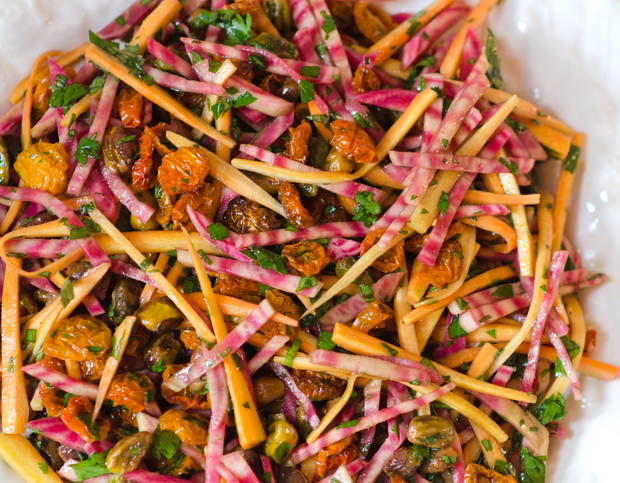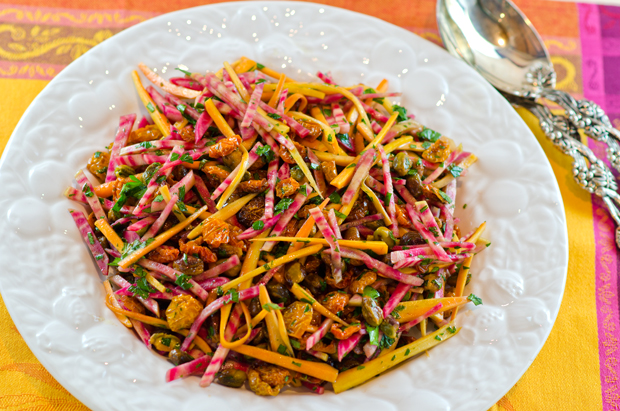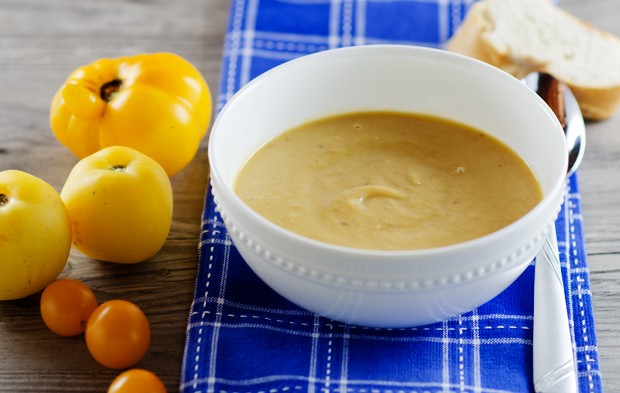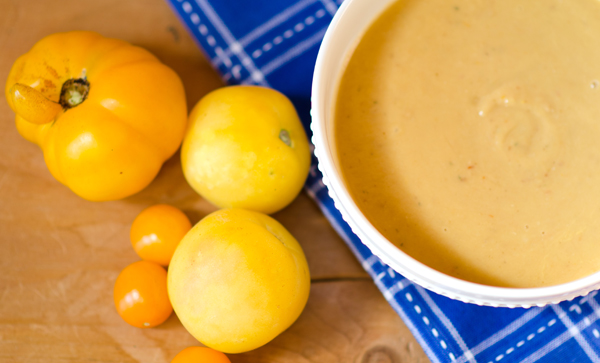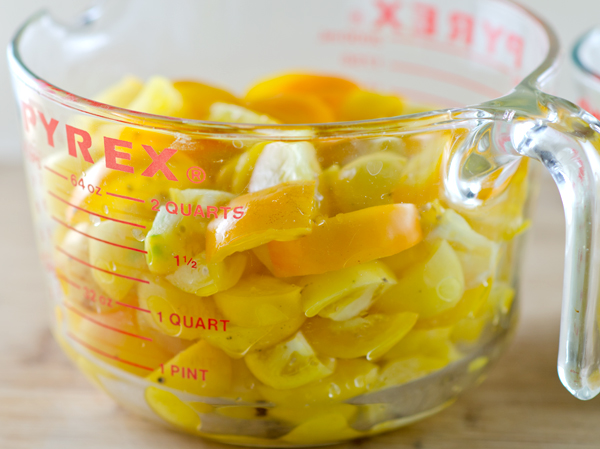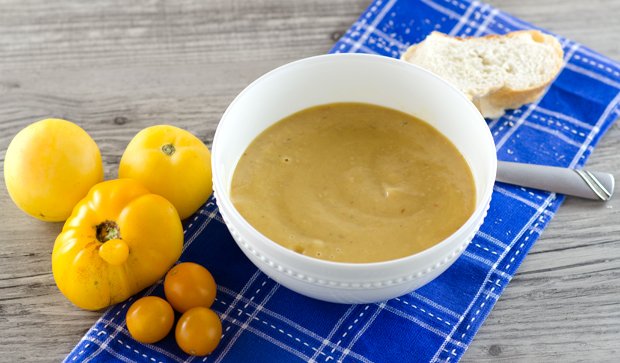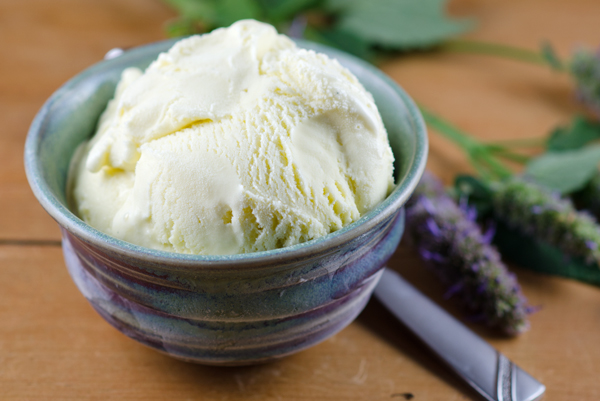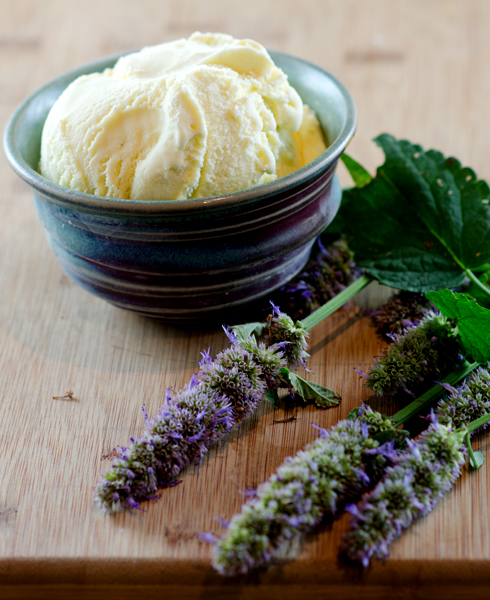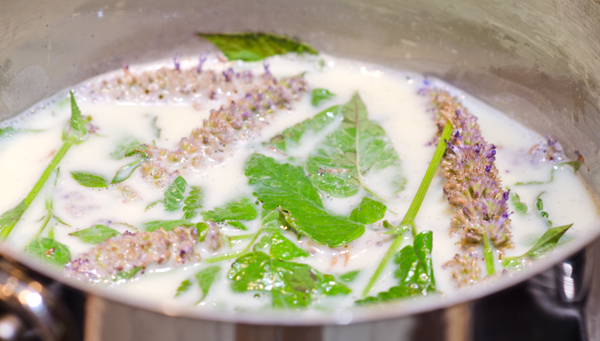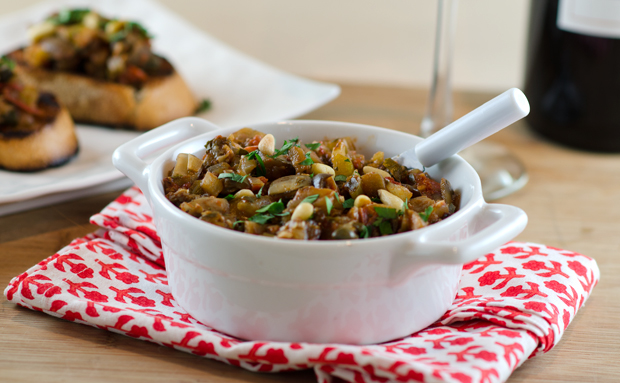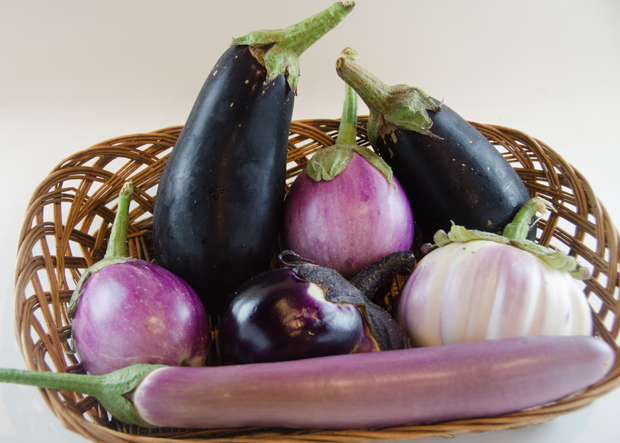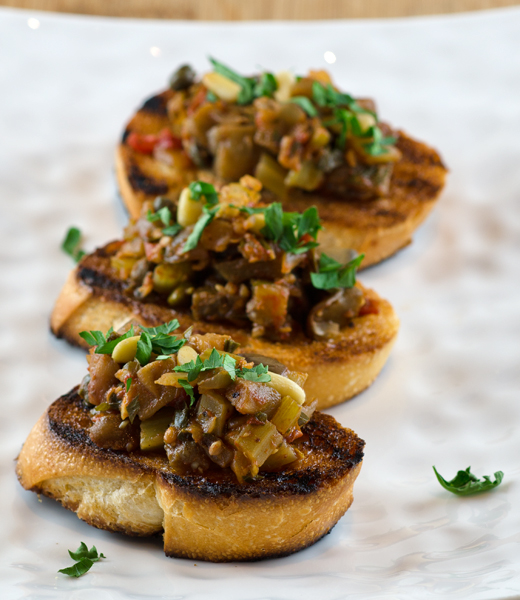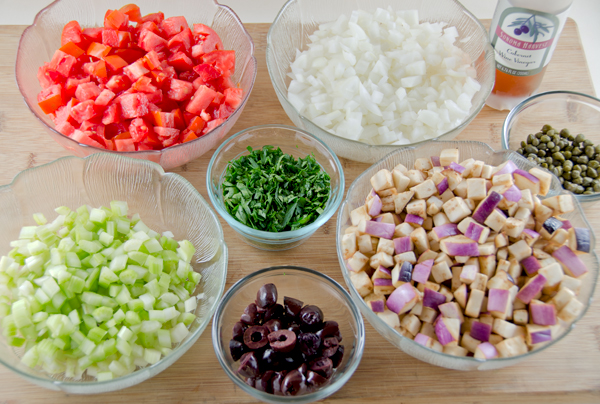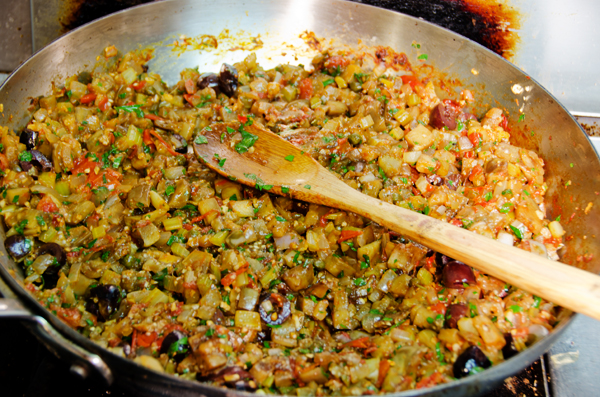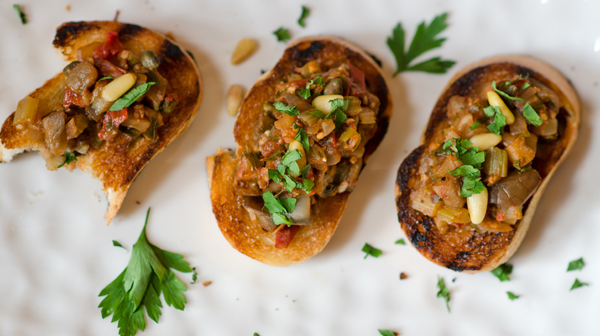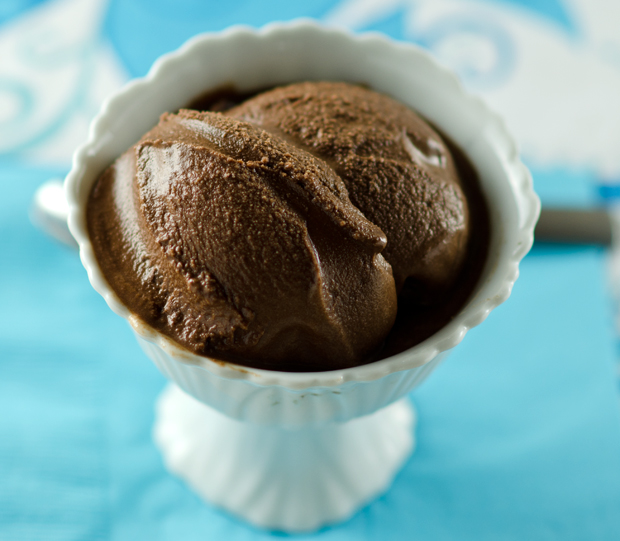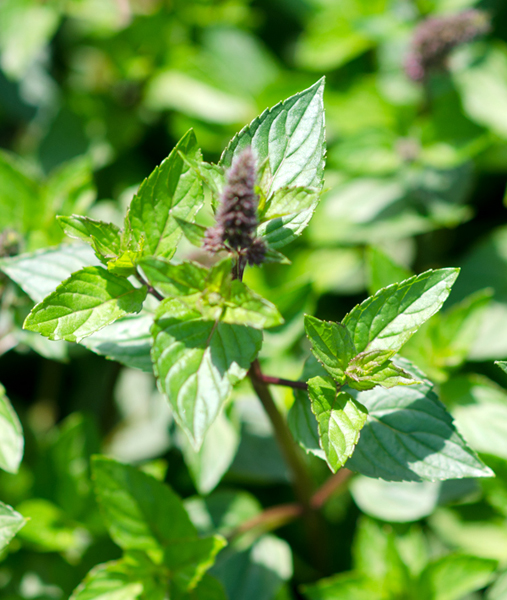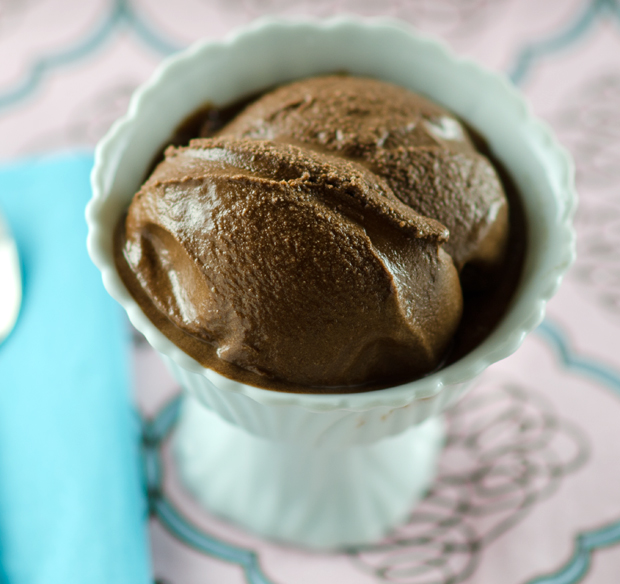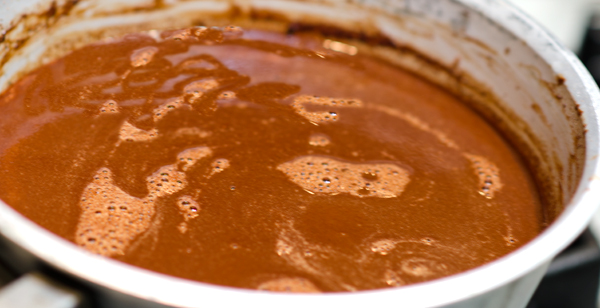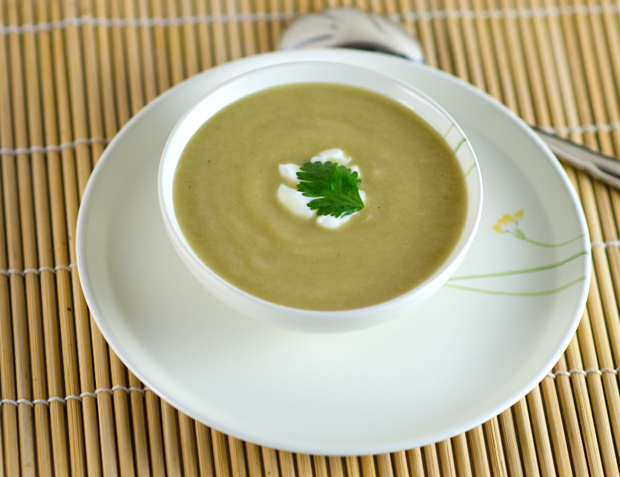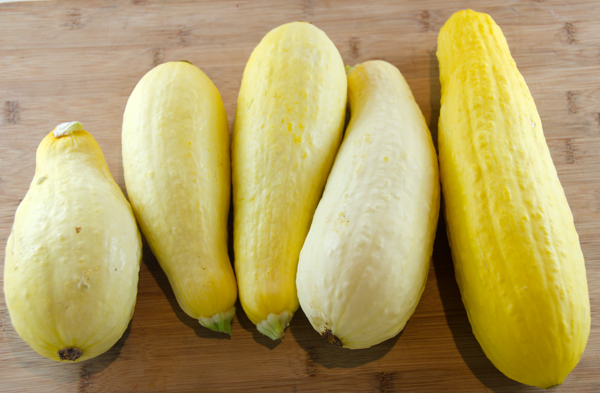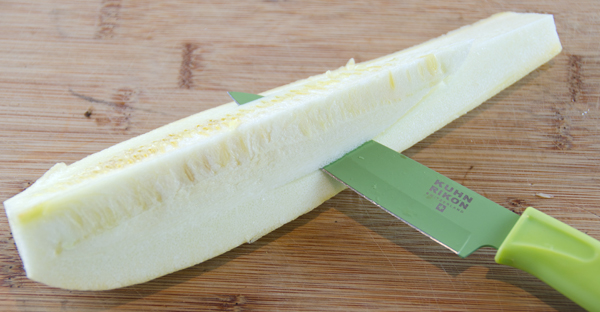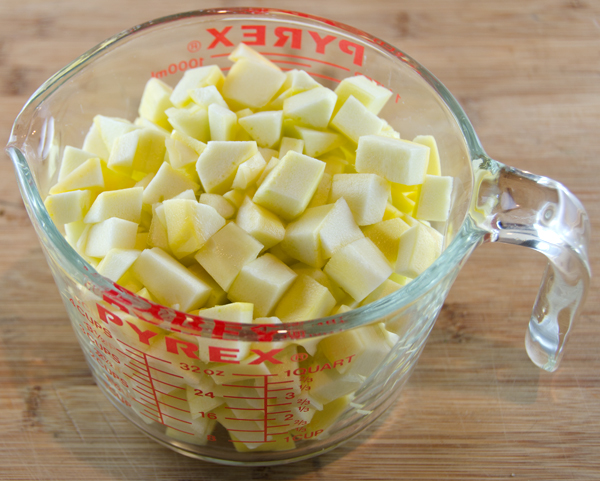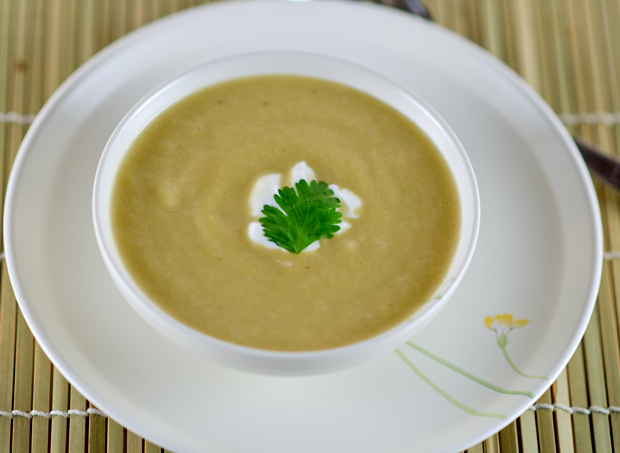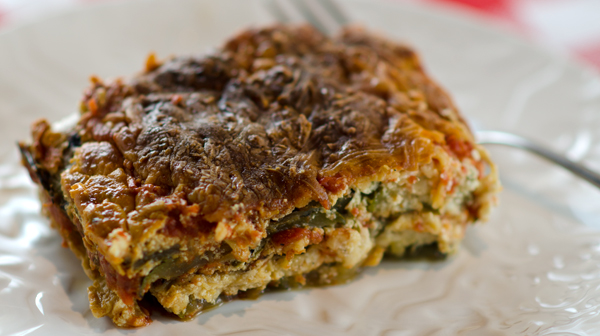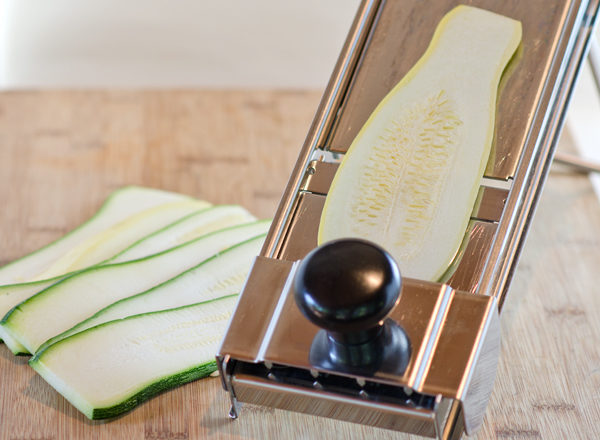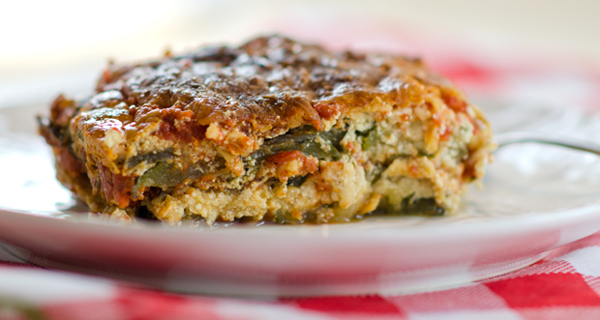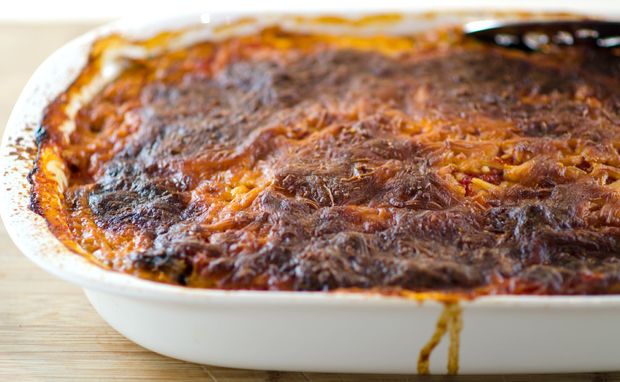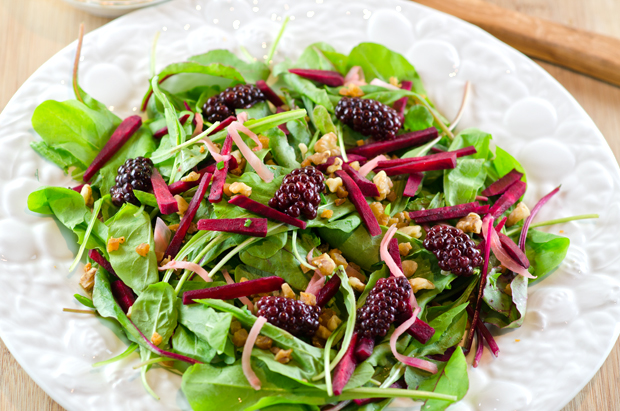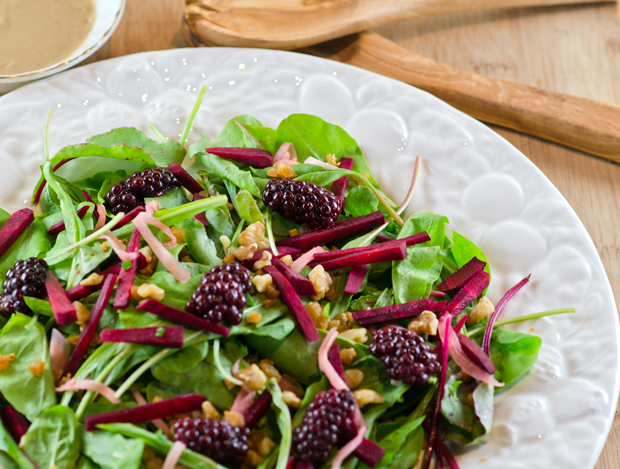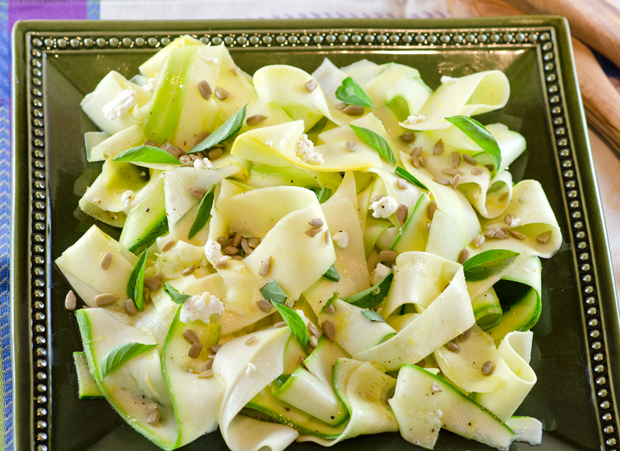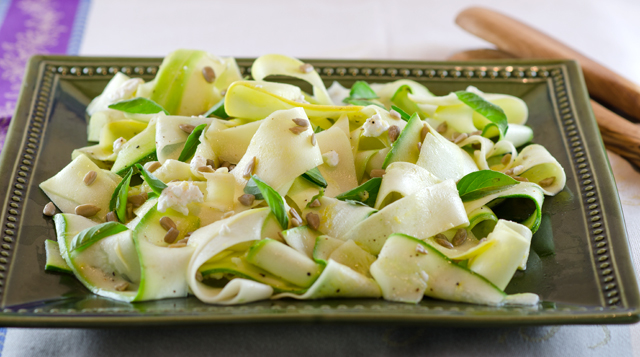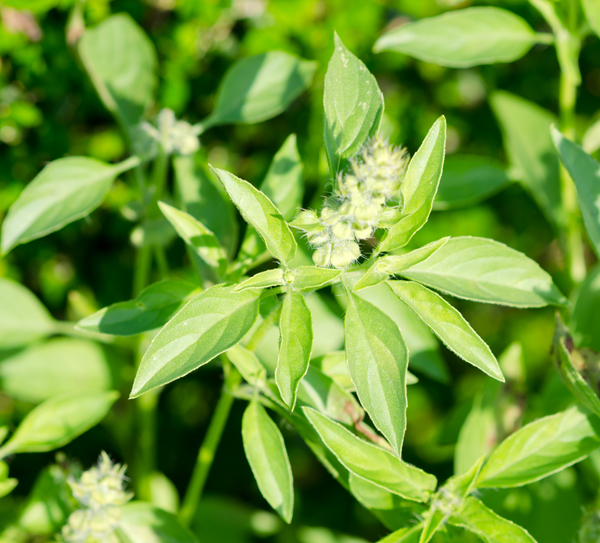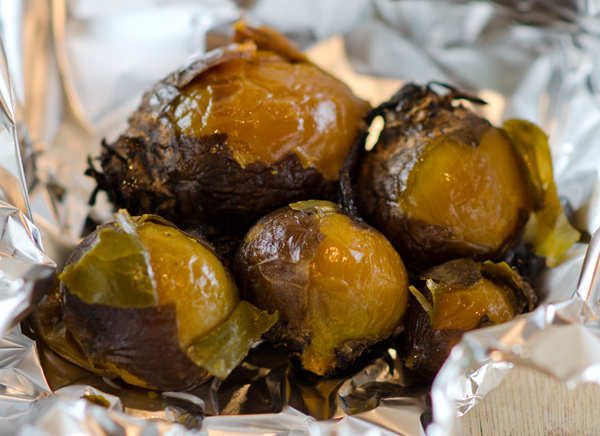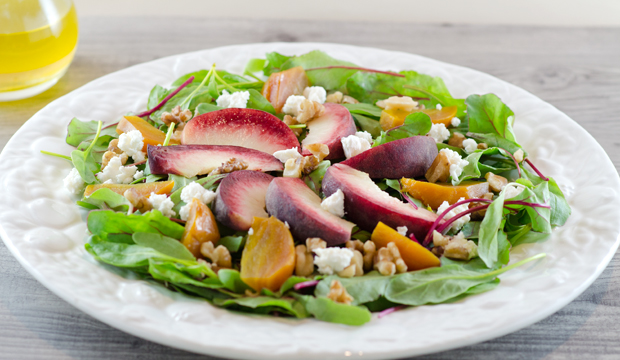When do tomatoes become more than tomatoes? When they become tomato raisins.
While waiting for mom at the hairdressers, I perused the September issue of Martha Stewart Living magazine. The article on the Good Things page titled “Extend the Tomato Season” caught my eye. Two of the ideas, tomato confit and crushed tomatoes were both tried and true methods of preservation I had used in the past. Another option, tomato paste, I had made years ago and didn’t have the time or attention to attempt this day. Ginger candied tomatoes was the recipe that inspired me. For years I have made oven dried and sun dried tomatoes. What made this recipe unique was the addition of sugar and a little ginger before the drying process. After a quick pick, I rinsed and halved the tomatoes with a small serrated knife, which makes for a neater cut. In a large bowl I gently tossed the tomatoes with about 1/2t ginger and since Sun Gold tomatoes are already quite sweet, just a light sprinkling of sugar I placed the tomatoes on a cooling rack, cut side up over a baking sheet. The tomatoes were dried at a low setting, 180°F in convection mode until appropriately shriveled, in my case, 3 1/2 hours, I checked every half hour or so and rotated the sheet occasionally. I was very pleased with the results. Chewy, sweet, but not too sweet and a bit gingery.
Now, how to use them? September’s issue of Bon Appetit supplied the answer. September’s issue featured restaurant and drinks editor, Andrew Knowlton’s Hot 10 list of America’s best new restaurants. Ava Gene’s a trattoria in Portland Oregon is a champion of what they call “green thumb cuisine”. In addition to hearty dishes like lamb ragu with pasta and wood grilled pork they offer a flavorful Giardini “gardens” section in their menu. One of their recipes, colorful carrot and beet slaw would use produce I had just harvested from the garden. This recipe provided a way to showcase colorful Chiogga beets also referred to as Candy Cane or Bulls Eye beets. The pink and white stripes that often bleed and fade out when cooked would stay nice and bright when julienned and raw. I julienned the beets and carrots by hand but a julienne cutter on a mandoline or food processor would speed up the process. Shredding the vegetables on a box grater would give the slaw a more rustic appearance. I used pistachios since I already had them on hand but walnuts or hazelnuts would be a good substitute. I noticed that the original recipe on the Ava Gene menu, celeriac was also included. That would make an interesting addition or even julienned baby turnips or kohlrabi. My tomato raisins worked perfectly in this recipe, adding their own special character, giving just a hint of ginger to the dish. The slaw has a pleasant balance of sweetness, a little heat from the red pepper flakes and acidity from the lemon juice and vinegar.
Now what to do with the other bag of to-ma-sins? Another recipe in the September issue from the restaurant Fat Rice, calls for a half cup of golden raisins. Hmmm….
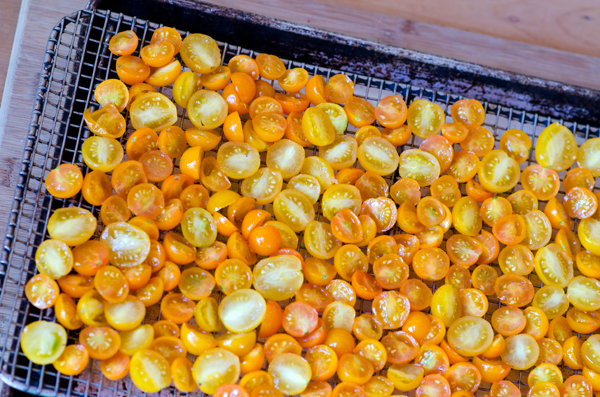
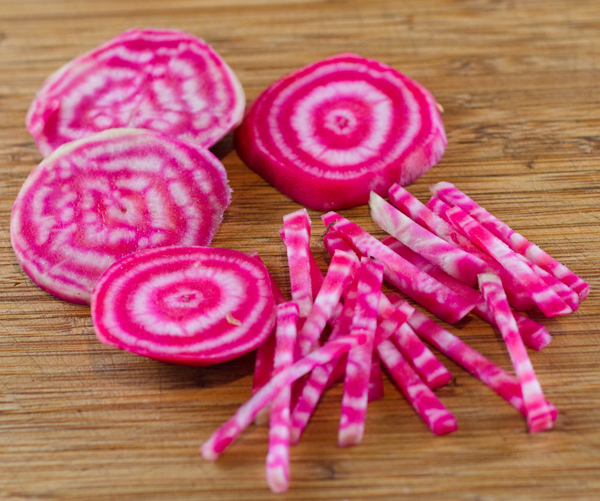
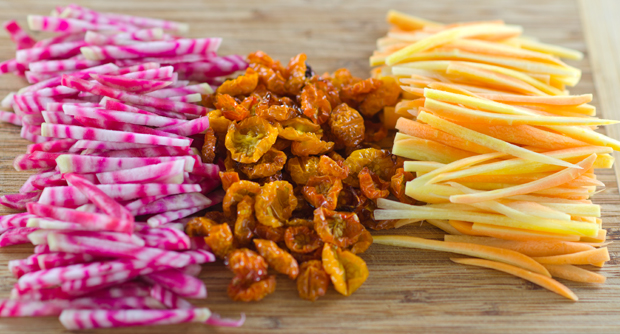
Carrot and Beet Slaw with Pistachios and Raisins
Ava Gene’s, Portland Oregon one of Bon Appetit magazine’s “Hot Ten”
Ingredients
- 3/4c salted raw pistachios
- 2 garlic cloves crushed
- 1/4c white wine or rice vinegar
- 1lb carrots, peeled and julienned
- 1lb beets, peeled and julienned
- 1/2c fresh flat leafed parsley leaves
- 1T chopped fresh mint leaves
- 3T fresh lemon juice
- 1/4t crushed red pepper flakes
- Kosher salt and fresh ground pepper
- 1/3c extra virgin olive oil
Directions
- Preheat oven to 375°F. Spread pistachios out on a small rimmed baking sheet; toast stirring occasionally until golden brown, 6-8 minutes. Let the pistachios cool then coarsely chop them.
- Combine garlic, raisins and vinegar in a large enough bowl to hold the salad, let the mixture set for one hour.
- Remove the garlic from the raisin mixture, discard the garlic. Add carrots, beets and pistachios, parsley, mint. lemon juice and red pepper flakes. Season with salt and freshly ground pepper. Toss to combine. Add oil and toss gently. Taste and correct seasonings as needed.
